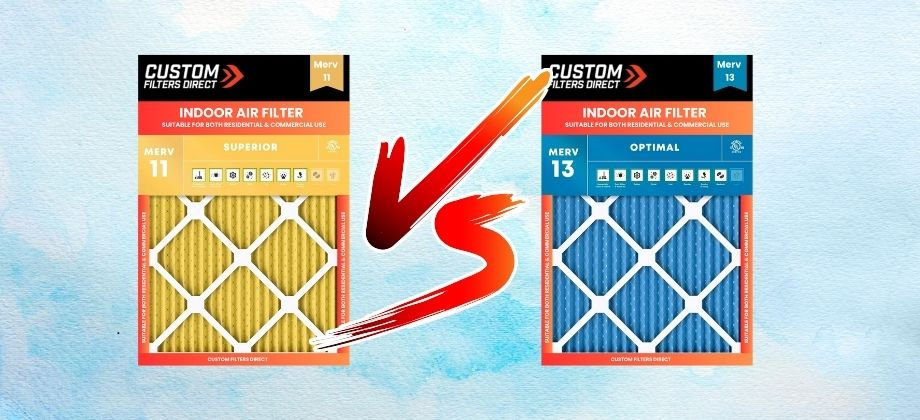MERV 11 vs. MERV 13: Which Air Filter Is Right for You?
- directcustomfilter8
- Nov 18, 2024
- 1 min read

Climate change, deforestation, and population growth are some of the factors contributing to the rising concern over indoor air quality. By capturing dust, debris, and allergies, furnace filters help purify the air, but selecting the best one may be challenging given the wide variety available.
MERV (Minimum Efficiency Reporting Value) ratings are a fantastic place to start. This score indicates a filter's ability to capture particles from the air. For those who suffer from allergies or respiratory disorders, filters with higher MERV ratings—such as MERV 11 or MERV 13—perform very well at capturing tiny particles.
However, choosing the highest MERV grade is not the only consideration. Additionally, you should confirm that the filter meets your demands and is compatible with your HVAC system. Understanding the differences between MERV 11 and MERV 13 will help you make the best decision, whether your goal is to enhance the air quality in your home or business or to lessen allergies.